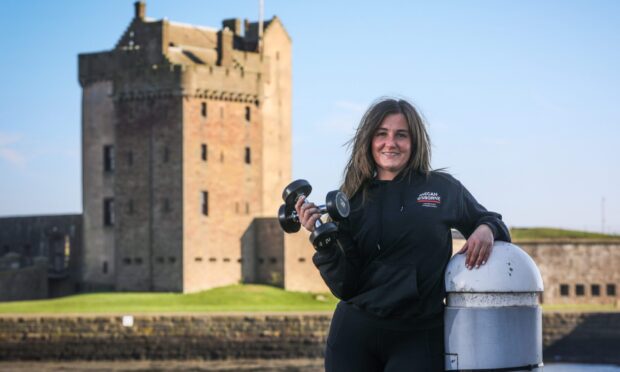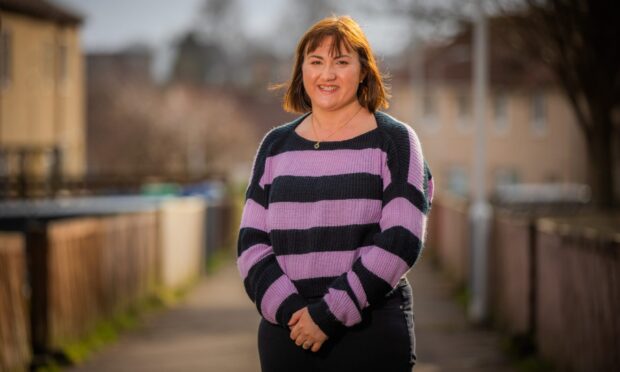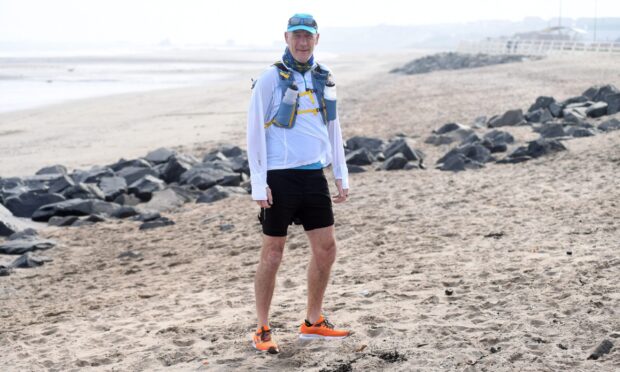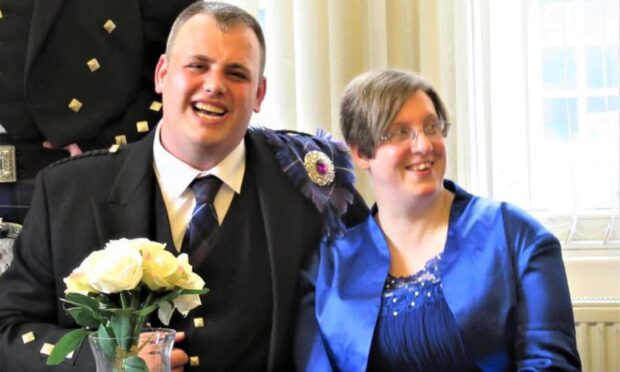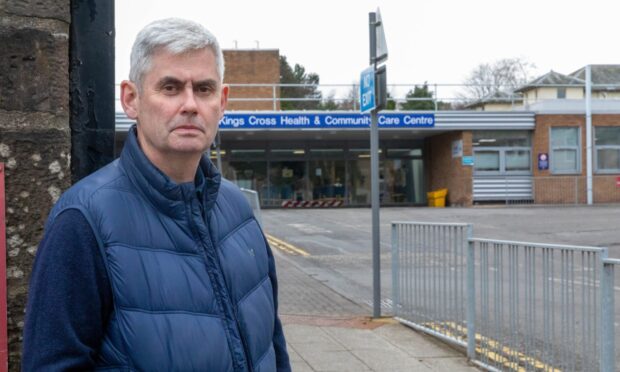Saffy Setohy, an independent dance artist and choreographer, hasn’t let a life-long medical condition hold her back and has just been awarded a £3,000 bursary to help her develop her work.
“My mum signed me up for ballet as a child because I have dyspraxia and she wanted to support my motor skill development,” Saffy explains.
“I’ve always loved dancing and making up dances,” she smiles.
And now she’s making up dances for real: her new work Hidden Architectures will premiere at Dance International Glasgow in May.
Saffy was presented with the Emerging Choreographer Bursary by The Saltire Society and Dundee’s Scottish Dance Theatre, both of which celebrated landmark anniversaries last year – The Saltire Society marked its 80th birthday, while Scottish Dance Theatre its 30th.
“It is an honour to have my work recognised by The Saltire Society, and to have the opportunity to work with Scottish Dance Theatre while developing my choreographic practice,” says Saffy of her award.
“It feels like a big supportive squeeze on the shoulder at this point in my work.”
Hidden Architectures is a collaboration with sound artist/composer Jan Hendrickse, and an international team of dance artists, guitarist, designers and producer.
“We are exploring the body as a living resonant instrument, interconnectivity, and the social knots that we form,” explains Saffy.
“I hope audiences will have an unusual, thought-provoking and sensory experience. One that encourages them to listen, and to pay attention more closely to their own bodies in that environment, to other people around them, and to co-author the work and its meanings through their imagination and perception,” she continues.
Saffy admits that there are challenges involved in launching her project.
“The Hidden Architectures team is a large one, the project is quite complex, and time working with the whole team is relatively short – I am learning about and developing my skills as an artistic director,” she says.
www.scottishdancetheatre.com
Did you know…?
Contemporary dance was developed in the mid-20th Century.
The first choreographer who developed the modern dance was Merce Cunningham- an American dancer and choreographer.
The earliest known evidence of dancing comes from 9,000 year-old cave paintings in India.
In 2008, ballet classes were introduced for police officers in western Romania to help them move elegantly while directing traffic.
Dancing can improve your muscle tone, strength, endurance and fitness and is a great way to stay fit for people of all ages.
Break dancing began in the 1970s in New York as a non-lethal form of street fighting between street gangs.
St Vitus is the patron saint of dancers.
In 2008, the world’s first “sustainable” dance floor opened in Rotterdam. The floor’s tiles each sit on springs hooked up to generators. The harder people dance, the more the springs are compressed and this converts into energy, which runs the LED lights in the floor.



